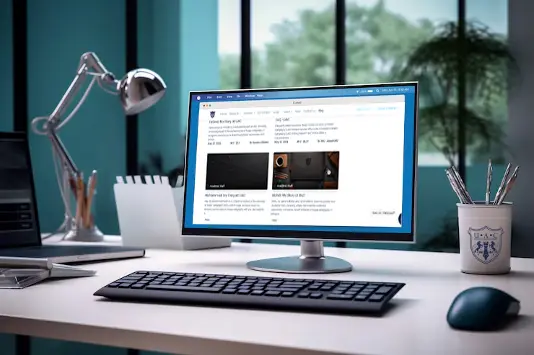Welcome to the Letter Jeem
Thuluth Calligraphy section of the Letter Animation Studio
On this page, you will find a detailed breakdown of the Jeem’s structure, its individual parts, and the precise technique required to craft it in the Thuluth style.
Anatomy of the Letter Jeem (Shape 1)
Full Animation of Jeem
The letter Jeem shape 1 (ج) stands out in the Arabic alphabet due to its elegant curves and distinctive angles. Crafting a beautiful and precise Jeem requires careful attention to detail. Here is a step-by-step guide to help you create this letter with clarity and accuracy:
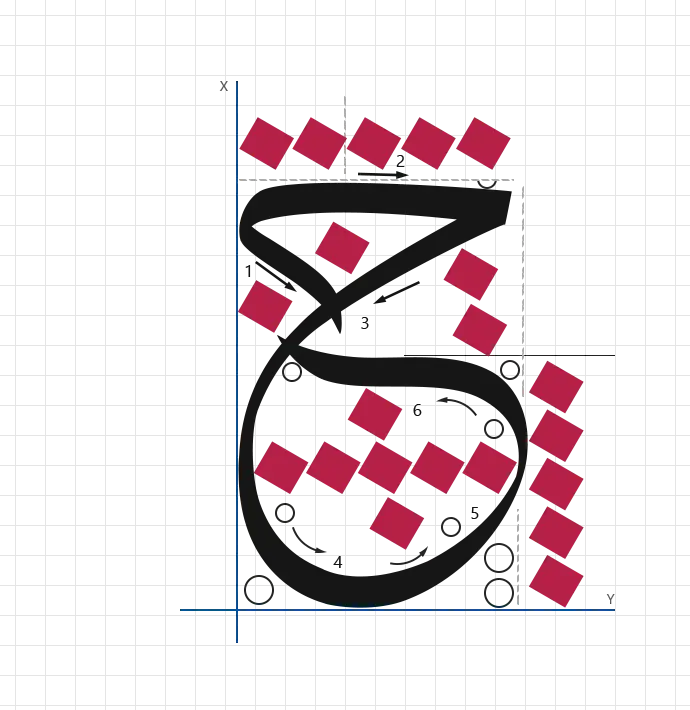
1.First Stroke
Begin with a 90-degree angle for the pen.
Draw a stroke that measures 2 nuqtas wide and 2 nuqtas high.
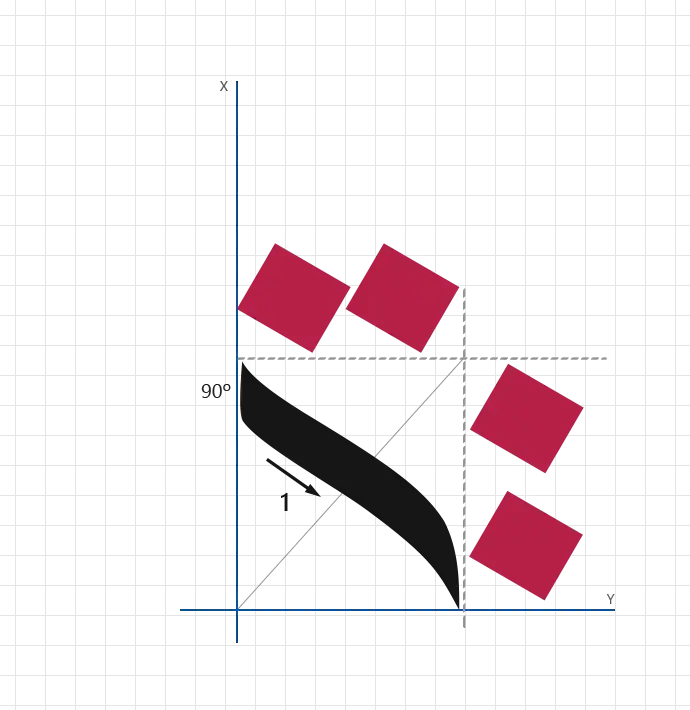
2.Second Stroke
Start this stroke at a 90-degree angle as well.
Extend it horizontally to a width of 5 nuqtas.
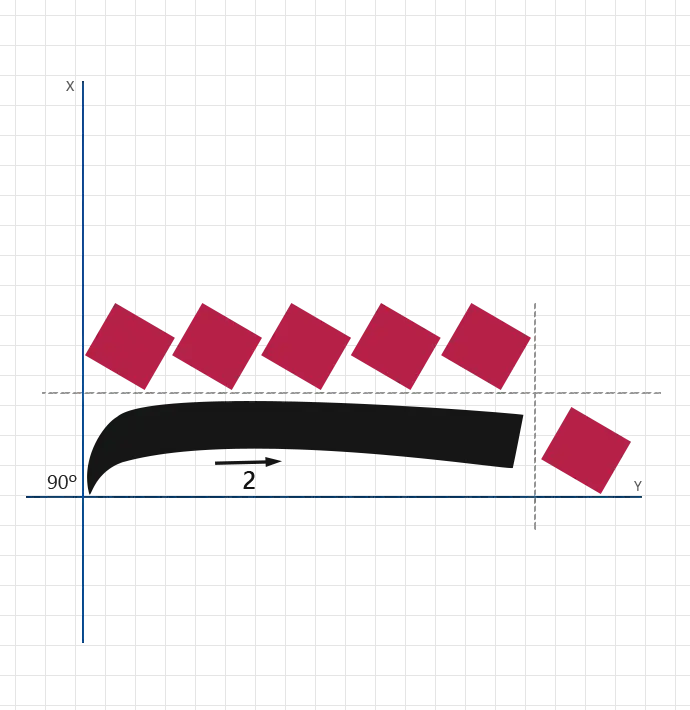
3.Third Stroke
Adjust the pen to an 80-degree angle for this stroke.
Create a curved stroke that measures 4 nuqtas wide and 4.5 nuqtas high.
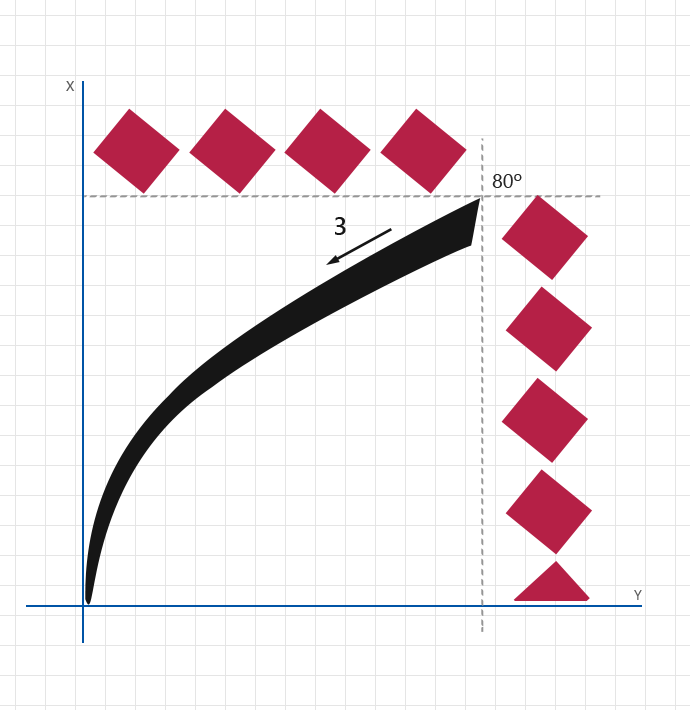
4.Fourth Stroke
Start this stroke at a 90-degree angle.
Draw it with dimensions of 1.5 nuqtas wide and 3 nuqtas high.
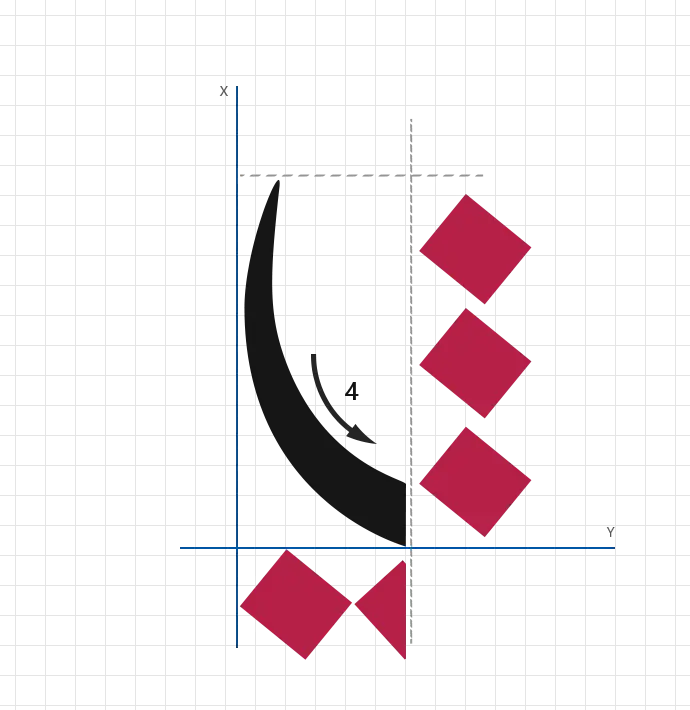
5.Fifth Stroke
Begin again at a 90-degree angle.
Make this stroke 3 nuqtas wide and 3 nuqtas high.
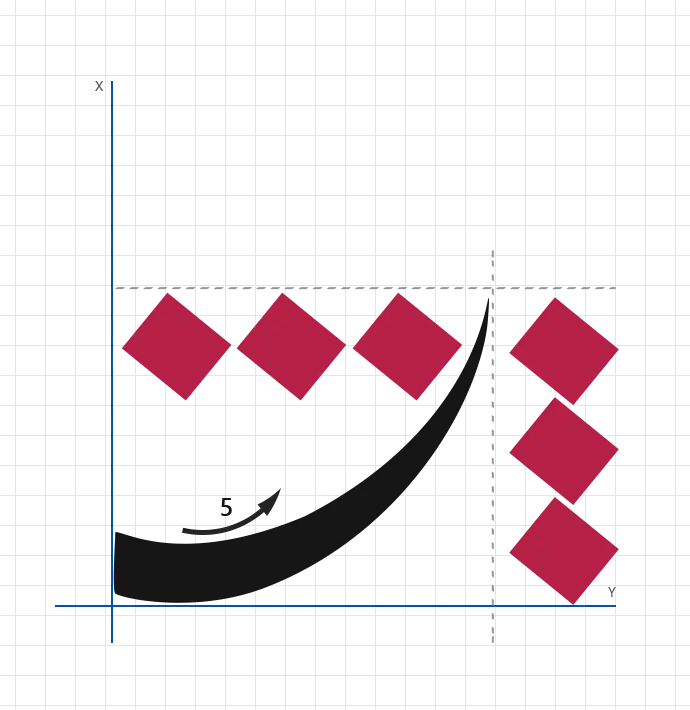
6.Sixth Stroke
Start the final stroke at a 90-degree angle.
Complete it with dimensions of 4 nuqtas wide and 2 nuqtas high.
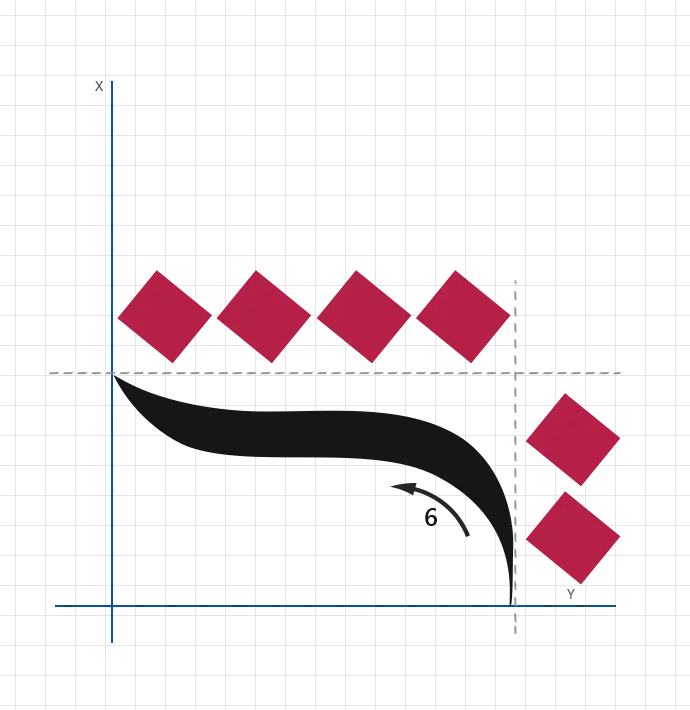
Guidelines for Letter Mastery
The "Guidelines for Letter Mastery" table provides a clear and systematic approach for students to practice and refine their Arabic calligraphy skills. It outlines each step, the recommended time allocation, and detailed descriptions to ensure effective and focused practice sessions. This table is designed to help students build consistency, master letter proportions, and develop a strong foundation in Arabic calligraphy.
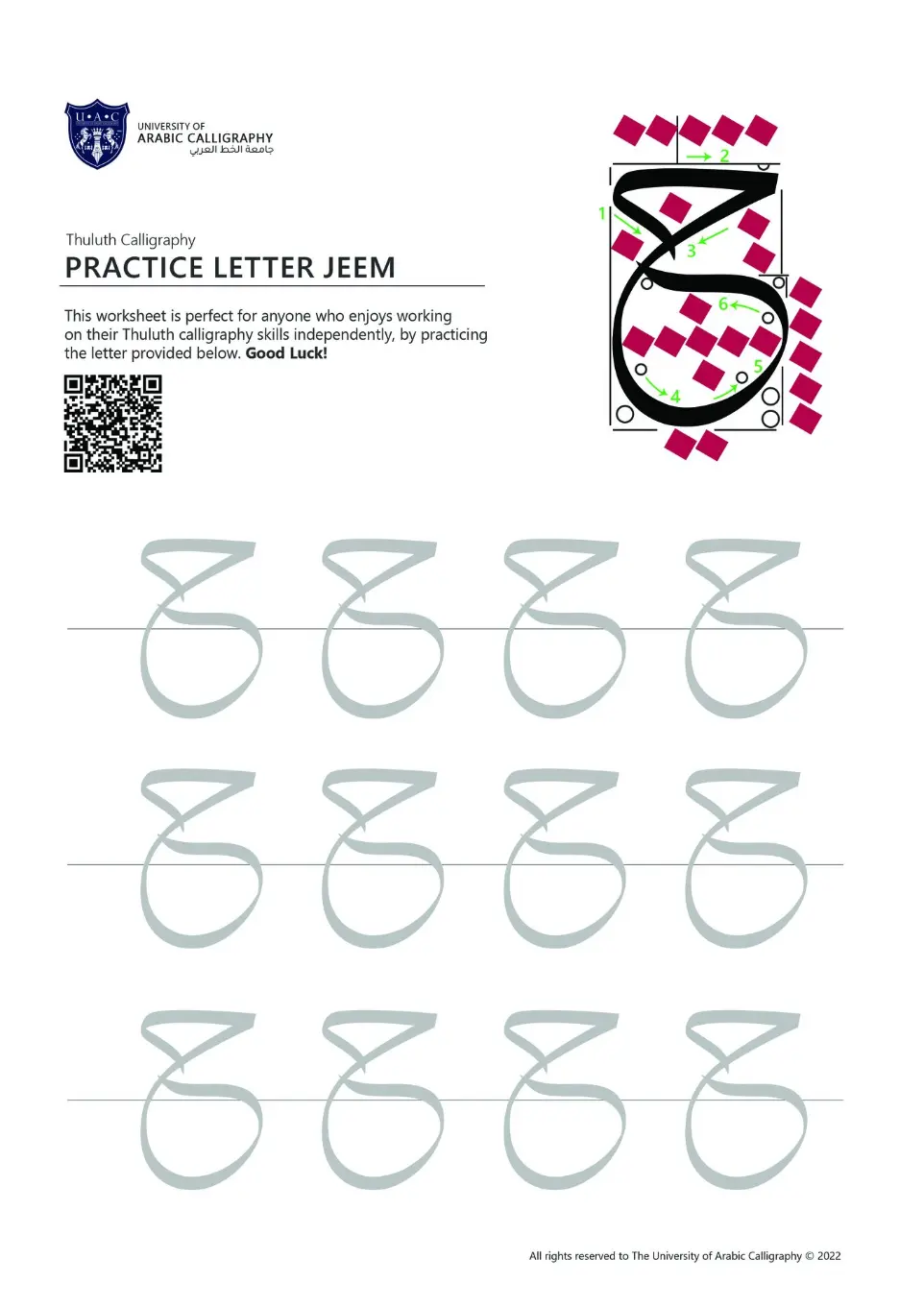
Personalized Feedback at UAC
At the University of Arabic Calligraphy (UAC), your growth as a calligrapher is our priority. Our instructors provide personalized feedback and precise corrections on your submitted worksheets, helping you refine every stroke with confidence.
When you complete your practice, upload your work through the link below to begin your assessment.
Our expert reviewers will carefully study your submission, offering detailed guidance to enhance your technique, consistency, and artistic expression.
This interactive experience ensures you are never practicing alone you are learning alongside a dedicated community that values excellence in Arabic calligraphy. Continue your artistic journey with UAC and advance toward mastery in this timeless art.



